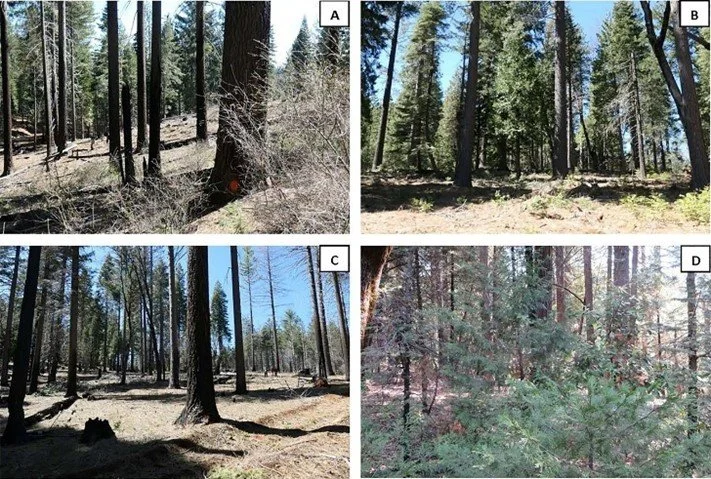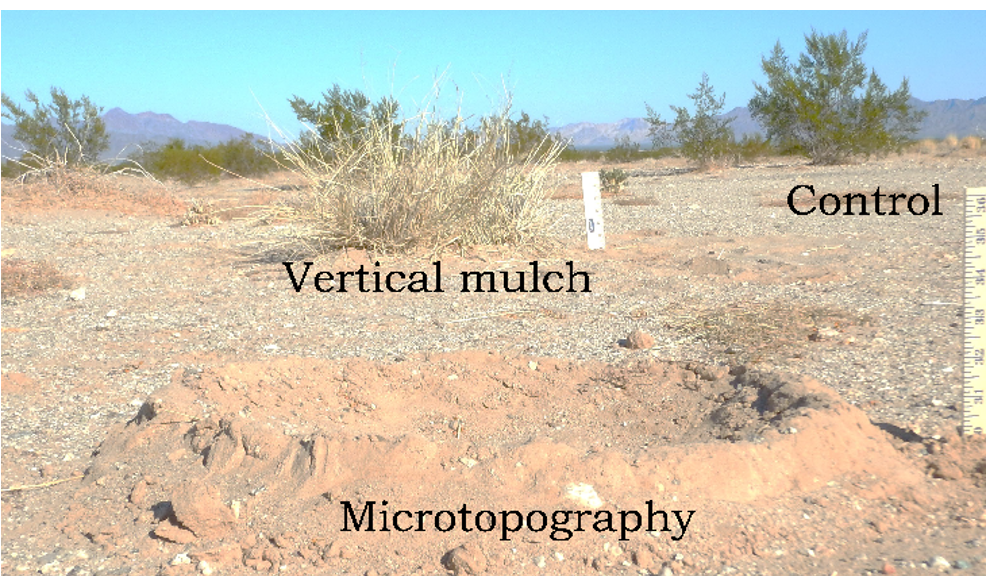Assessing giant sequoia mortality and regeneration following high-severity wildfire
/Giant sequoia (Sequoiadendron giganteum) regeneration is reliant on local surface fires, where episodic pulses of heat desiccate and open their cones, releasing seed onto bare mineral soil. Historically, these fires were characterized as ‘mixed severity’, composed of a large matrix that burned at low or moderate severity interspersed with small forest gaps created by local high severity fire. While sequoia regeneration can flourish within these small, high severity gaps,recent ‘megafires’ have produced unprecedentedly large patches of high severity, where the majority of sequoias as killed. This research aims to help resource managers determine whether and where to replant giant sequoia after high severity wildfire.
Read More






















